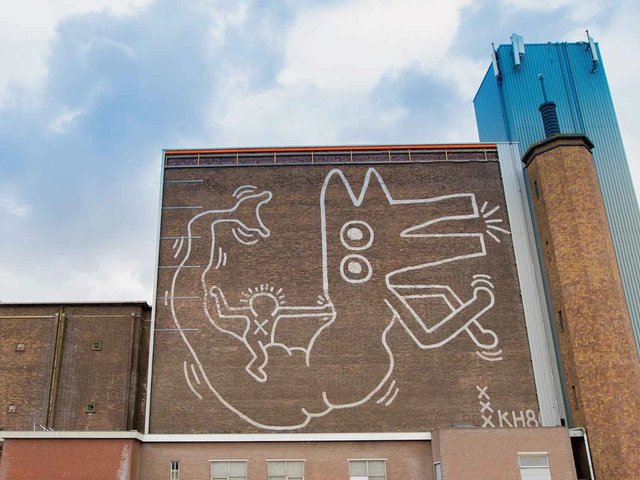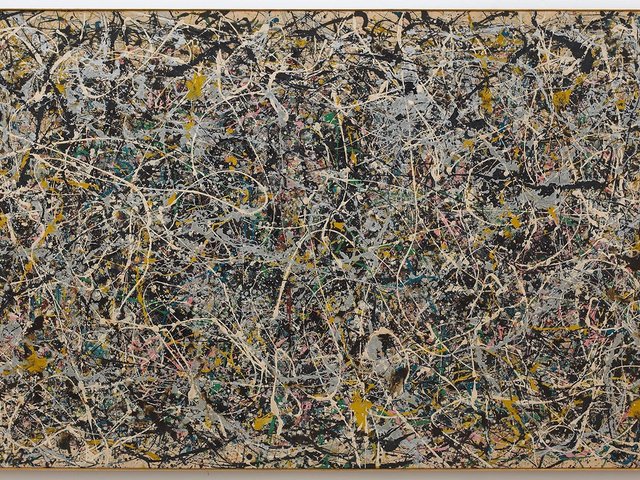When City on the High Mountain (1983), a painted-steel sculpture by the late US artist Louise Nevelson, goes back on display outside the museum at the Storm King Art Center in Mountainville, New York, this summer, the US Army will have played a vital but unexpected hand in its restoration. The centre has joined forces with the Getty Conservation Institute (GCI), the US Army Research Laboratory and the paint removal firm American Stripping Company to find durable paints suitable for use on outdoor sculptures.
While outdoor works must be able to withstand wild fluctuations in temperature and humidity, there is a discernible lack of paints fit for this purpose. Matte black, used by both Nevelson and Alexander Calder, is particularly problematic because the additives in it can cause the paint to become chalky, says GCI project specialist Rachel Rivenc. “The army paints a lot of its assets, including helicopter blades, in matte black and so has already invested a lot of research into this area. We want to tailor this new generation of paints to suit our needs,” she says. “The army has very stringent requirements, and so do we, but for aesthetic reasons.”
Before the recent treatment, Nevelson’s 20ft-tall assemblage had suffered from many of the same ailments as other outdoor works. The paint coating had begun to fail, which can lead to corrosion when the exposed metal becomes wet. Before experts at the American Stripping Company removed the old paint and repainted the sculpture with army paint, the artist’s foundation and a panel of outside experts were consulted to define just what is “Louise Nevelson black”.




